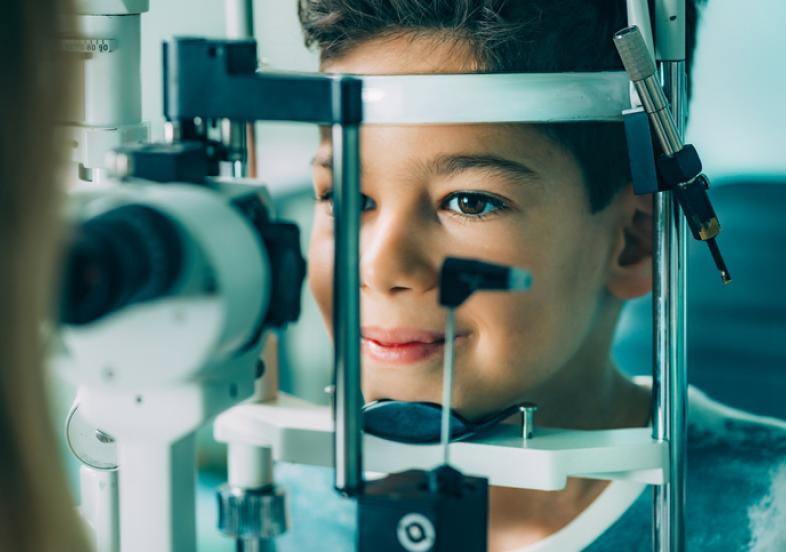
It’s Children’s Vision Month – What Does Myopia Mean To You?
It’s Children's Vision Month – What Does Myopia Mean To You?
Myopia, or nearsightedness, is a visual condition in which near objects are seen clearly, but distant objects are blurry and do not come into proper focus. Myopia occurs when the eyeball is too long or the front of the eye (the cornea) is too curved, which prevents the correct focusing of light onto the back of the eye (the retina). It typically starts in childhood and continues to increase in severity until age 21.
Optometrists are concerned about the rising rates of myopia, which is one of the leading causes of blindness. A Canadian pilot study found that 17.5% of school-aged children were myopic. This rate rose from 6.0% among children aged 6-8 to 28.9% among those aged 11-13. Children are becoming myopic earlier and progressing more rapidly than previous generations.
It is a Global Issue
Myopia is more than just a Canadian issue. In 2010, 28% of the world’s population was myopic, which is expected to rise to 50% by 2050. According to Dr. Harry Bohnsack, past President of the Canadian Association of Optometrists, research has shown that a significant amount of time spent indoors looking at screens up close and a lack of time spent outdoors are big drivers.
Myopia can be Slowed and Managed
Myopia can be slowed and managed with early intervention, which also reduces the risk of sight-threatening conditions later in life. An optometrist can identify risk factors, including a family history of myopia, too much near work, environment, and ethnicity. They can also provide education and interventions to slow down myopia progression, including some simple lifestyle changes. Prescription glasses, contact lenses, or eye drops may also be prescribed. It is also important for optometrists to monitor changes over time.
According to Professor Debbie Jones, Lead Clinical Scientist at the Centre for Ocular Research and Education at the University of Waterloo, when a child develops myopia earlier in life at age 5 or 6, then their prescription is likely to be higher when the prescription flattens out and stops changing.
Why is Identifying and Slowing the Progress of Myopia Important?
High prescriptions bring long-term risks of vision-related diseases. People with myopia have a 30% increased risk of retinal detachment, 21% increased risk of cataracts, and 20% increased risk of glaucoma. This can result in presenteeism at work, added disability benefit costs in group plans lacking coverage for modern diagnostics and imaging, and an impact on personal finances due to coverage gaps or plan maximums in personal vision care.
Learn more about myopia from the additional resources available from the CAO:
If you would like customized communications for your clients or want to learn more about the CAO’s vision care modernization strategy, contact info@opto.ca.